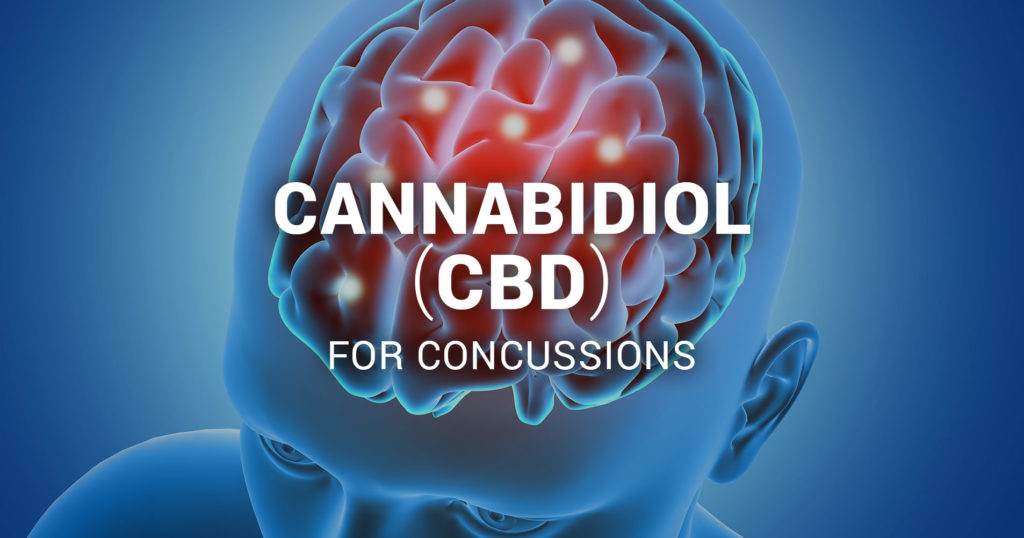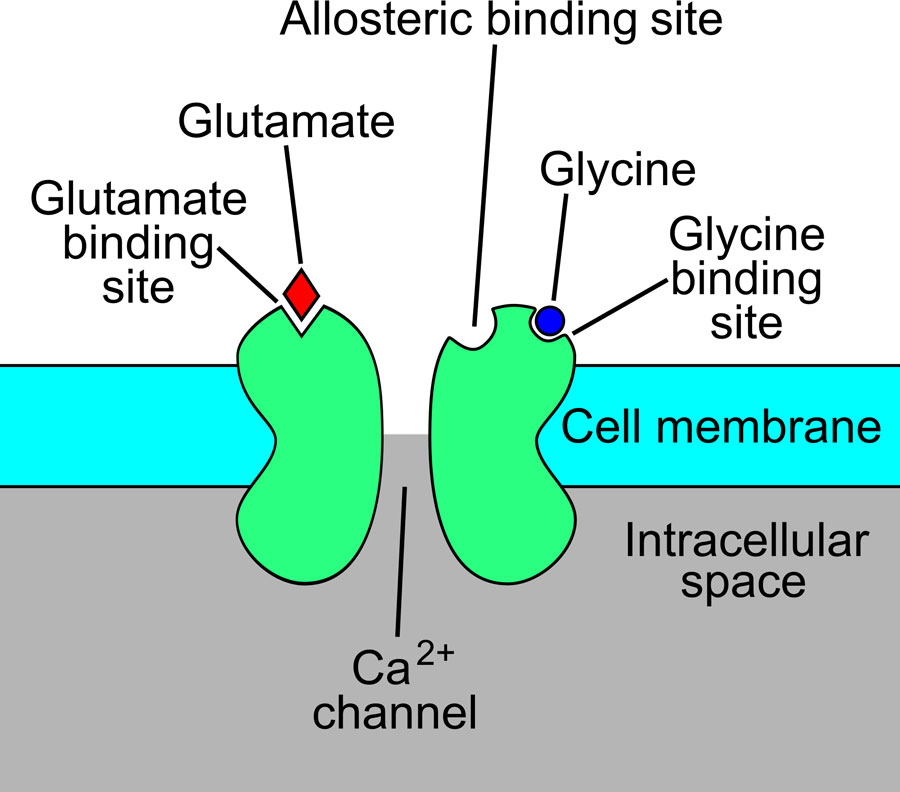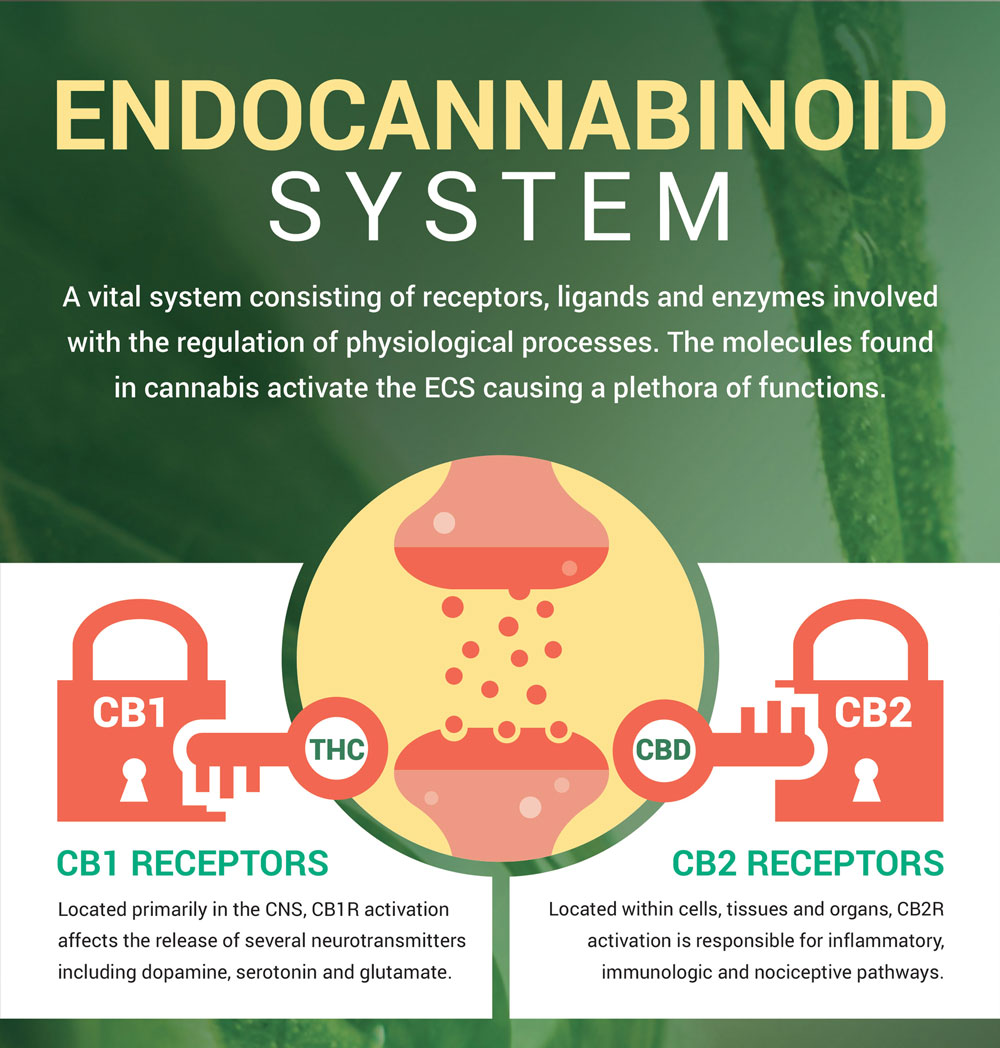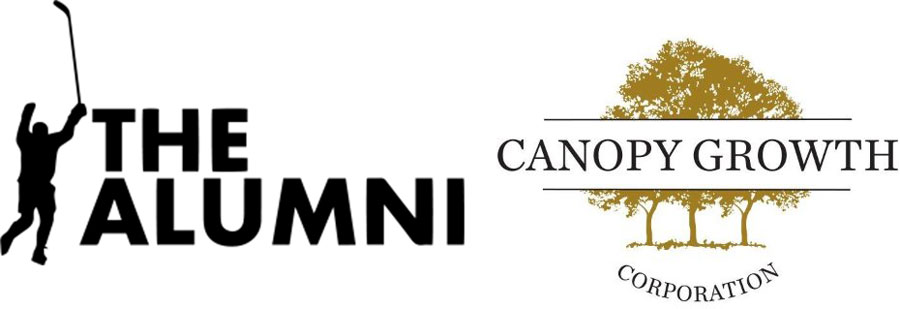
CBD can help repair, recover and reduce long-term damage associated with traumatic brain injuries including concussions. Learn more about the endocannabinoid system and why it matters in your recovery.
Fitness; a state of health and well-being. From daily walking to intense training, we all require a minimum of 150 minutes of activity per week[1] for health benefits. Athletes who train rigorously put intense strain on their bodies, which can lead to injury such as inflammation, pain, sprains, tears, and fractures. For athletes in contact sports such as MMA, hockey, boxing and football, to name a few, more serious injuries such as concussions are common and can have long-term negative implications.

A concussion is a type of traumatic brain injury (TBI) caused by a bump, blow, or jolt to the head or by a hit to the body that causes the head and brain to move rapidly back and forth[2]. Concussions are damaging and lead to long-term morbidities including reduced cognitive function, dementia, Parkinson’s disease and strokes. In a nationwide cohort study, patients suffering from a TBI had a 1.5-fold increase risk in stroke versus the comparison group[3]. Repeated TBI episodes can cause changes to the brain structure and chemical signaling, which can cause post-concussion syndrome (PCS) resulting in further damage. PCS is a medical condition in which the symptoms of concussion last for an extended period of time, usually longer than 2 months[4] post injury.

Immediately after injury, your brain releases reactive oxygen species, inflammatory cytokines, ions and neurotransmitters such as glutamate, that bind to NDMA receptors to cause excitotoxicity, resulting in an “energy crisis”. This energy crisis utilizes more glucose to fuel the sodium-potassium ion channels that are working to restore resting cellular membrane potential, aka return to homeostasis, causing athletes fatigue and reduced stamina. After the initial surge, the brain goes into a state of reduced metabolism with a continual influx of calcium which can worsen the energy crisis. Calcium influx also activates the NMDA receptor and further increases glutamate, causing more excitotoxicity. Uncontrolled calcium influx will lead to impaired mitochondrial function, damaging cellular function and, overtime, neuronal death[5].
NDMA Receptor Activation

The endocannabinoid system is involved with regulation of homeostasis. In times of stress aka excitotoxicity, the ECS is activated to protect and restore proper functionality. When studied in mice, the levels of 2-AG, an endogenous cannabinoid, are significantly increased after injury, suggesting a protective mechanism to reduce inflammation, modulate neurotransmitter release and improve recovery[6]. Increases in intracellular calcium also trigger the release of endocannabinoids, 2-arachidonoyl-glyercol (2-AG) and anandamide (AEA), which serves to block calcium channels and reduce further damage. In patients with PCS, specifically migraines, research has shown a reduction in endocannabinoid tone of AEA[7]. Repeated injuries, resulting in consistent excitotoxicity, leads to a deficiency in endogenous cannabinoids responsible for normal cellular function, hence the reasoning why we use exogenous cannabinoids as a tool to help with recovery and restoration.
Cannabidiol (CBD) is the second most abundant cannabinoid, behind delta-9-tetrahydrocannabinol (THC). According to the World Health Organization in a June 2018 critical review, CBD is “generally well tolerated with a good safety profile.”[8] CBD is non-intoxicating and does not cause the euphoric “high” normally associated with cannabis because it does not directly interact with CB1 receptors, which are abundant in the central nervous system. CBD has different mechanisms of action which include 5HT1a (serotonergic) and TRPV1 (nociceptive) receptor agonism, to which it will exert anti-anxiety, anti-inflammatory and neuroprotective benefits[9]. CBD has been shown to increase endocannabinoid tone, suggesting an indirect relationship with CB1 receptors, which block calcium channels and reduce long-term neuronal damage.
The Short of it: CBD can help athletes repair, recover and reduce long-term damage.
In September 2017, the World Anti-Doping Agency (WADA) removed CBD from the list of banned substances. WADA includes International Olympic Committee, Paralympic Committee, USADA and over 200 national anti-doping organizations. Banned substances, specifically THC, have a threshold of greater than 150ng/ml for urine sampling. Each major league has their own thresholds:

On March 2nd, 2019, Canopy Growth Corporation teamed up with the NHL alumni association to research concussions and cannabinoids. This is an amazing first step towards the de-stigmatization of cannabis within the sports world. It may come as no surprise that many athletes, even the Pro’s, utilize cannabis as a tool to help them train and recover. An old medicine for a new age.